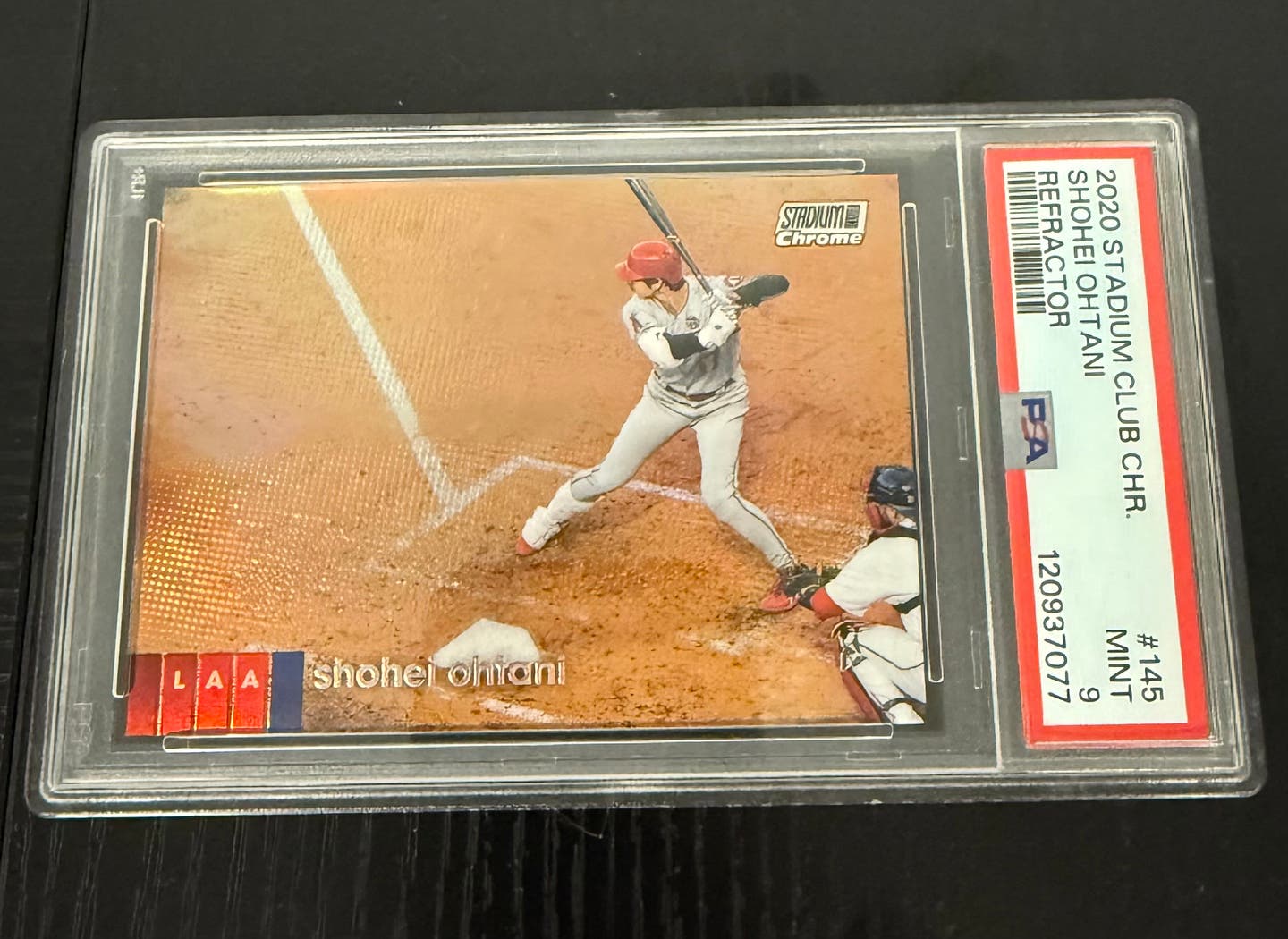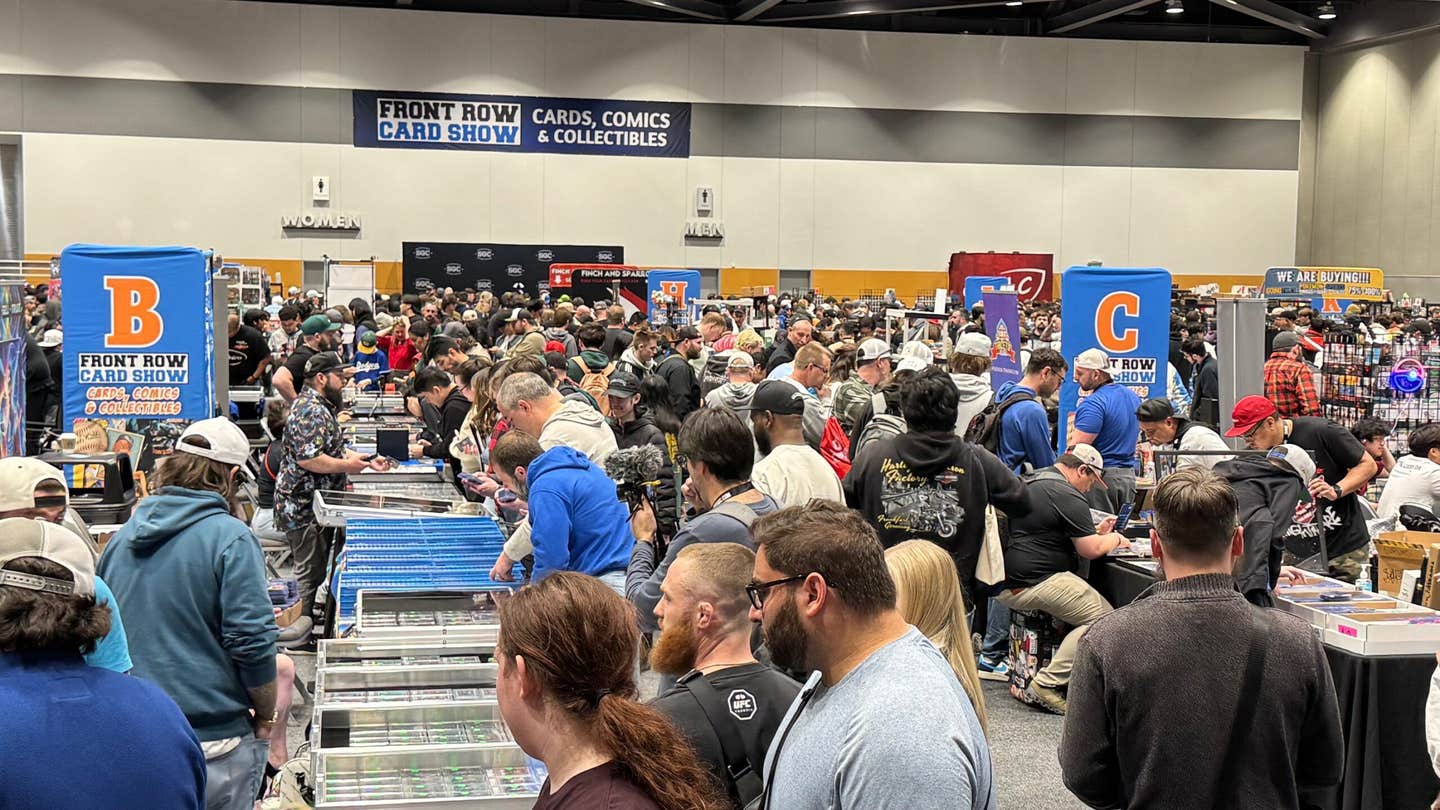Fraud Issues
Investigation proves Cobb items were fakes
(This story originally appeared on www.haulsofshame.com)
Everyone from Sports Illustrated to a Hollywood director bought it hook, line and sinker as Barry Halper showed off his Ty Cobb collection at his home in Livingston, New Jersey. Based solely on the word of Halper and Al Stump, items like the shotgun used to kill Ty Cobb’s father and Cobb’s handwritten personal diaries were presented to the general public as authentic pieces of important baseball history. The infamous shotgun allegedly ended up in the collection of an ex-Yankee player and one Cobb diary was even donated by Major League Baseball to the Baseball Hall of Fame in Cooperstown.
Now, over a decade after these items first appeared on the pages of Sports Illustrated and a Sotheby’s auction catalogue, an investigation conducted by a board member of the Ty Cobb Museum has determined these once-venerated items are far from genuine. Thanks to his research, a long-standing baseball fraud has been exposed and the record is finally set straight.
Ron Cobb, amateur baseball historian and memorabilia collector from Marietta, Georgia, has spent much of his spare time for the last four years investigating what he considered to be an outlandish, even unbelievable, assertion that he found in a 2005 internet blog. (An article we published a few weeks ago also reported how Ron Cobb discovered a stolen Ty Cobb letter up for auction on eBay, and how he initiated the successful effort that resulted in the letter being returned to its rightful owner – The Sporting News.)
In 2006 Ron stumbled onto the popular baseball blog by noted baseball author and historian, John Thorn. In his tribute after the passing of Barry Halper in 2005, Thorn mentioned that the shotgun which killed Ty Cobb’s father was part of the Barry Halper memorabilia collection. Thorn was a friend of the Yankee minority owner and had viewed and written about Halper’s extensive baseball memorabilia collection – the largest, most renowned and most valuable in the world. On his blog, Thorn was simply recounting Halper’s self-proclaimed ownership of a relic that was included in a 1995 photo spread in Sports Illustrated and in the 1999 Sotheby’s catalogue created for the sale of Halper’s collection. Not to mention that the “shotgun story” had already been memorialized on the big screen in Ron Shelton’s bio-pic Cobb, starring Tommy Lee Jones as the Georgia Peach.
The August 9, 1905 shooting death of Ty Cobb’s father at the hand of his mother, when Ty was only 18 years old, was an extremely traumatic event in Cobb’s life. Some even say it was a defining event, likely responsible for the super-aggressiveness of Ty on the playing field. This tragedy occurred three weeks to the day before another defining event in Ty Cobb’s life – his first game in major league baseball with the Detroit Tigers on August 30, 1905.
That the weapon used by Ty’s mother in the shooting of his father would be a part of the largest collection of baseball memorabilia ever assembled seemed strange. Ron was intrigued that the principal artifact of this tragedy would have survived for over 100 years to become a part of such a well respected collection. He was also skeptical, since he knew that at least one Ty Cobb biographer, and one close friend of Cobb’s (his personal bat-boy in 1924-1926) claimed that a pistol, rather than a shotgun, had been used in the shooting death of Ty’s father.
What’s the difference, you may ask, between being shot dead by a shotgun and being shot dead by a pistol? To Professor W. H. Cobb, Ty’s father, there is no difference, of course, as his death was instantaneous. To Ty Cobb, however, and to the mythology which has surrounded him since his own death in 1961, there is, at least Ron’s opinion, a very large difference. Even a cursory look at the biographical literature on Ty Cobb will reveal descriptions of an extremely gory death scene at the W. H. Cobb residence – one which reads like the climax of a Gothic horror story. Time and time again, sportswriters, commentators, bloggers and historians alike have described in detail how Professor Cobb’s head was blown off, so that “not much was left,” and how his abdomen was opened up by a second blast of buckshot that scattered most of its contents all about the grisly scene.
Surely, Ty Cobb’s own reputation was not damaged by this tale, as he was not involved. He was a hundred miles away in Augusta, Georgia, in the final days of his minor league career. But, the repeated re-telling of the sordid story of this tragedy, year after year, does set the stage and the tone for a host of the other negatives about Ty Cobb and the mythology which still surrounds him.
Ron saw this tragic and violent event as perhaps one element of the Ty Cobb myth that could be definitively settled. To do so, Ron posed the following questions: Were there historical records that stated what weapon had been used? If a pistol was actually used, where did the shotgun story come from? If the shotgun was in the Halper collection, how did it get there? And, where was the shotgun for the nearly 100 years between the shooting and Halper’s acquisition?
What began as a curious look into an unbelievable statement now led Ron to study the historical records on this event and to review all the biographical literature on Ty Cobb. In an unexpected twist, Ron’s investigation ultimately led him to delve into world of high-end baseball memorabilia – where prices sometimes reach into the millions of dollars for a single coveted item. It was there that Ron discovered the dark side of the shotgun story, and the entire baseball memorabilia hobby. Frauds, thefts and forgeries are rampant, causing untold loss of time and money, even damage to careers and reputations – both individual and institutional. More disturbing to Ron was the discovery that the deceit in the frauds, thefts and forgeries has sometimes infected the history of baseball, and its culture as well.
MORE RESOURCES FOR SPORTS COLLECTORS
- Get current market values for 400,000+ baseball cards issued between '81 & '09
- Get the Ultimate Yankee package
- Interact with other sports collectors in Tuff Stuff's online forum
- Sign up for your FREE email newsletter from Tuff Stuff
- Read the latest 7th Inning Stretch Blog from Tuff Stuff Editor Scott Fragale








